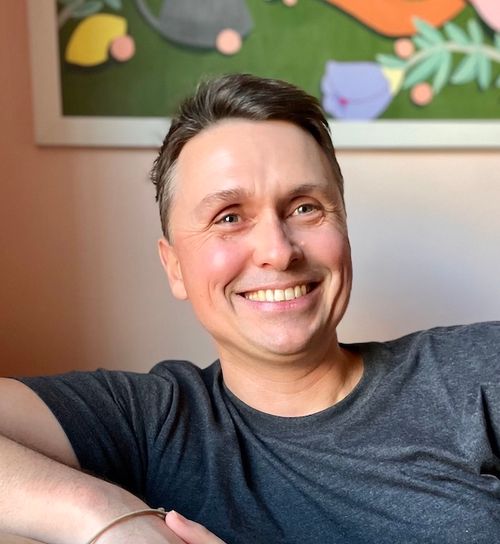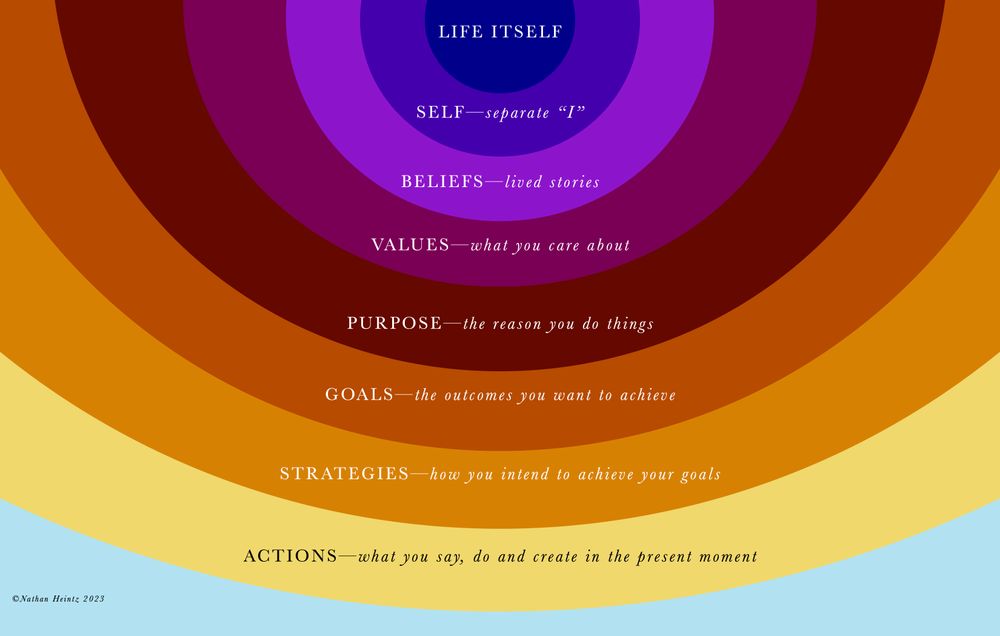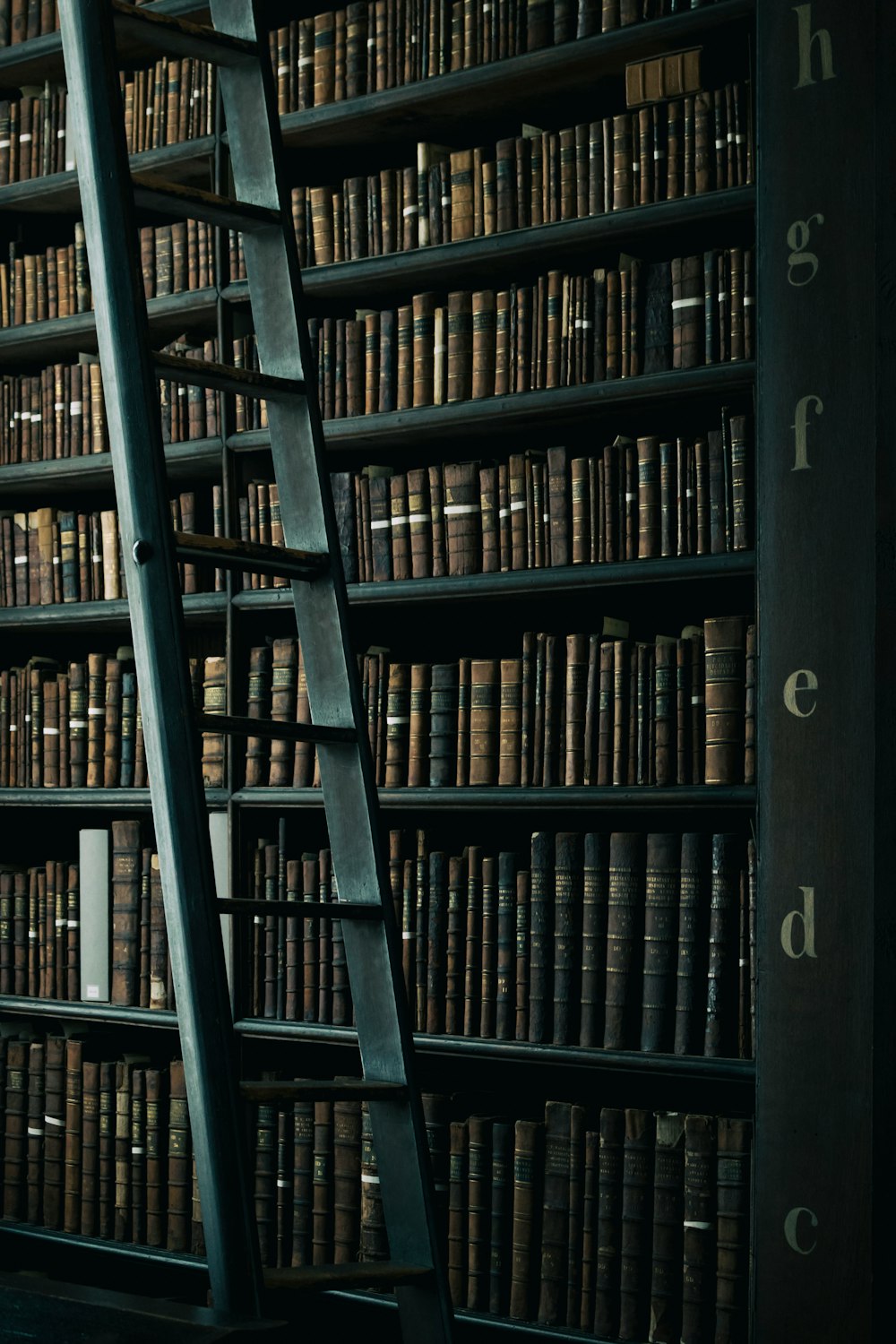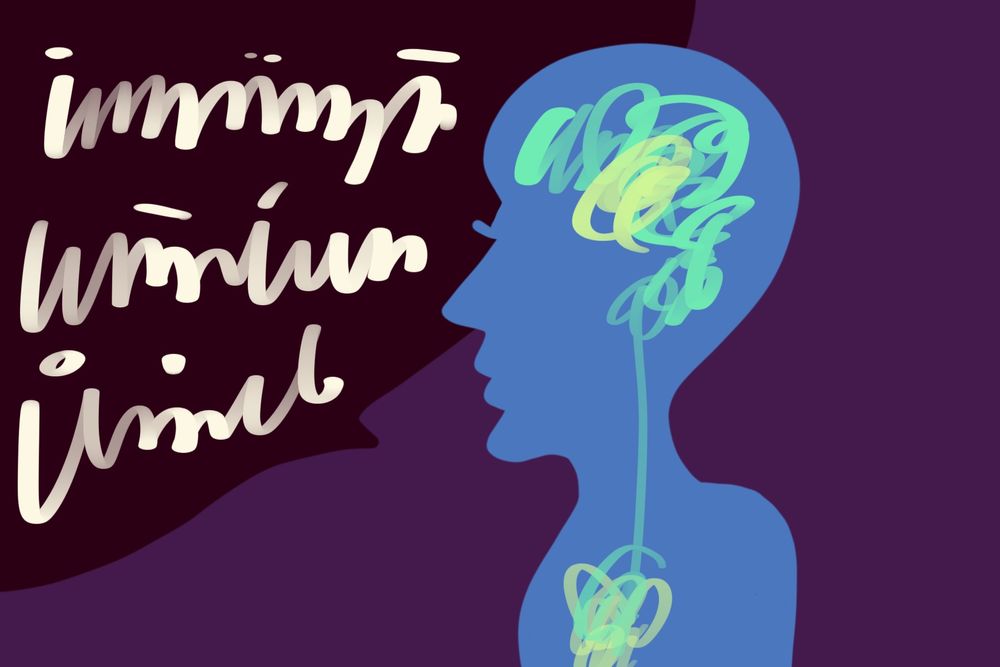Why do we follow the breath when we meditate and practice qigong?
A lot of people who are into meditation or internal arts are told to follow the breath, but they don’t understand why.
So why do we follow the breath? It’s not a random or arbitrary thing to bring our attention to the breath. Some people say “it’s just an object of attention. It could be any phenomenon. A candle, whatever.” While I think that these kind of techniques can be helpful, the benefits of following the breath are far more potent.
Why?
1. It brings you into contact with your deep, inner world
First, following the breath deepens your consciousness by bringing your mind into the unconscious, inner world. The breath is constantly happening in you and it happens automatically. It’s an amazing part of you that’s under the radar. It always has been and it always will be happening. It’s an integral part of you. You can’t exist with out breathing.
Breathing is taking place at the level of the source of your life. So when you breathe, and you pay attention to that process, you come into contact with something really powerful. You come into contact with the part of your that’s breathing all the time. The part of you that’s present and is responsible for keeping your whole system going. You might say, it brings you into contact with your root, in the brain stem. The medulla.
Some say this is “unconscious” or “subconscious” and indeed, it may be at times. But isn’t it interesting that we can also become aware of what is unconscious. So, by focusing on the breath, but not controlling it, we’re literally becoming conscious of what is unconscious. We’re getting intimate with the part of us that’s breathing for us.
2. It brings you into the present moment
The second reason attending to the breath is helpful is that it brings you into the present moment. The breath is always happening. And the breath doesn’t behave like a thing. It’s circular.
It doesn’t start and then stop, with a clean break in between. It’s not 2 dimensional. It’s not a thing. In my opinion, counting your breaths will do nothing for you because it keeps you in a “thinging” mode. You’re just counting things. I tried this, but never had any luck with it. The only thing that was effective for me in being able to attend to the breath for long periods of time was holding fast to the breath evenly, at all phases of its process.
Inhaling, pay attention. Exhaling, pay attention. But especially pay attention during the transitions between the inhale and the exhale. Because conventionally people think the breath begins and ends, and that little “break” (that they assume is there but doesn’t really exist) gives their mind an opportunity to bail. It says “oh here comes the end of this breath, so now I’ll think about this random thing”. And if you attach to that thought, then you’re off to the races.
But if you realize that the breath doesn’t stop in the transition, but it actually rounds a corner and you can follow it the whole way, then you start to see that the breath is kind of like a road. You can keep going down it. You can keep following it, even in between the changes and between phases.
And the only way to do that is to stay radically and powerfully in the present moment. It’s as if you’re gliding down a slide that goes down and then up again, ad infinitum. And you’re always feeling the movement of gravity, at every point of the journey. When you investigate the breath, you find that it’s like that: continuous and present. So we pay attention to the breath because it brings us into contact with the “ongoingness” of the present moment.
3. It takes place at the root of life, vitality and energy
Finally, I think we should follow the breath because it brings you into contact with the innate vitality of your body. The breath is full of life and vitality. The breath is round, spherical, alive, and conscious. It undulates. It’s a living process.
Your lungs fill up with space and your body is energized. It’s an integral part of your life process and so by paying attention to it, you get to know your life force and your body. I think that in order to really get a sense of this, you have to really get present and stay present with the breath.
You’re not going to experience your vitality and life force if you’re distracted and lost in your thoughts. I think this is the most powerful aspect of the breath. It feeds the living body. The living mind. The breath is the gateway to seeing and feeling what your life is.
Your life is so powerful! The living event of your body and mind and awareness are so powerful together. It’s the nature that’s breathing you. And this is so amazing when you get a glimpse of it. It’s fearsome even. The amount of power that we have.
A note on effort:
Following the breath takes effort, at least at first.
Advanced meditation instructions say that you shouldn’t exert effort. It’s a method of unlearning, undoing, relaxing and surrendering. But in the beginning of our practice, this can be misleading. We’re so caught up in the mind, and lost in our thoughts, that if you just “relax and let it happen”, you’re going to end up letting your mind wander.
If you let your mind take over, you’ll be lost down a rabbit hole, entangled in your thoughts, and your meditation will be essentially pointless. In the beginning it requires great effort to stay present.
It’s like building any other skill or strength. I think that the beginning meditator should exert powerful, unrelenting, wild, radical and enthusiastic effort in order to stay present with the breath. And then over time, it becomes easier, and then automatic, because you have cut through your will and trained your mind. Then at that point you can dial it back and kind of “let it happen on its own.”
Once being present is automatic this frees up your effort for the next challenge. And this is the fun part: to investigate your living event. To look very carefully at what exactly is driving your life energy and consciousness.
There is no ceiling to this practice.








